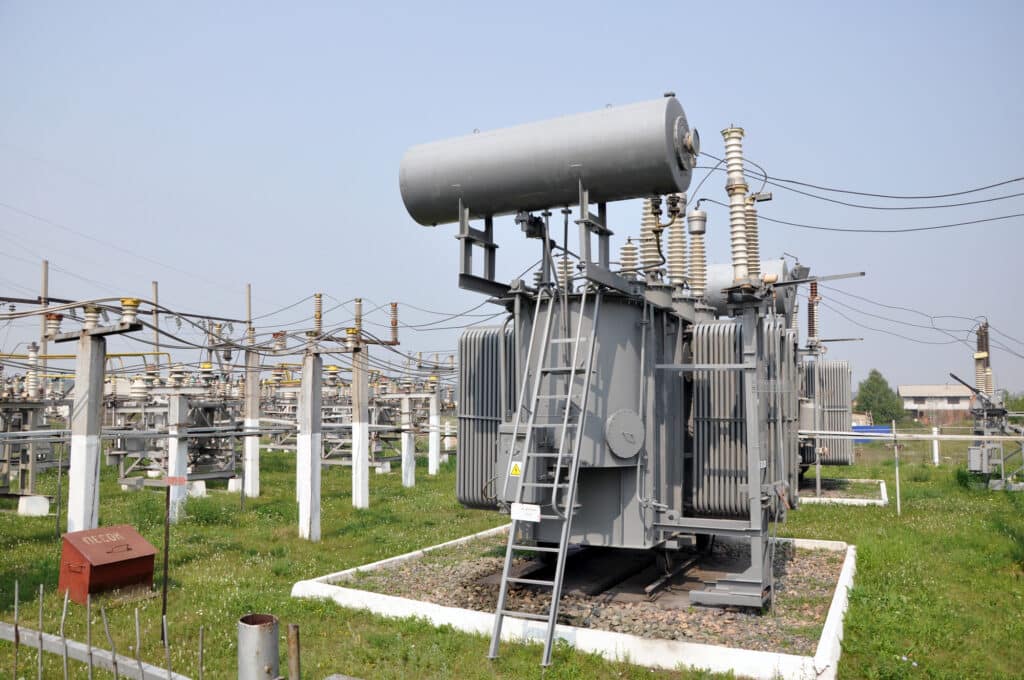
As the world continues to address the urgent need for more sustainable and environmentally friendly practices, the electrification of buildings is gaining momentum. This transition involves shifting away from fossil fuels and embracing electricity as the primary source of power for heating, cooling, and various other energy needs within buildings. While this shift towards electrification is a step in the right direction, it also demands a fundamental rethinking of the electrical grid. In this blog, we’ll explore why electrification necessitates grid reevaluation and how utility management software, energy assessment, and energy auditing play crucial roles in this transformation.
The Challenge of Electrification
Electrification of buildings is a key strategy to reduce greenhouse gas emissions and combat climate change. By replacing natural gas and other fossil fuels with electricity, we can significantly lower carbon emissions and improve air quality. However, this shift poses several challenges for the existing electrical grid:
Increased Demand: Electrification means an increased demand for electricity. Buildings that were once powered by fossil fuels will now rely on the grid for heating, cooling, and other energy-intensive processes. This heightened demand necessitates grid upgrades to handle the load efficiently.
Grid Resilience: A surge in electricity demand can strain the grid and lead to power outages, which can disrupt daily life and business operations. Grid resilience becomes a crucial factor in ensuring uninterrupted power supply during peak demand periods. The Grid Deployment Office offers an indepth look at grid resilience measures.
Energy Efficiency: Electrification alone is not enough to achieve sustainability goals. Building energy efficiency is equally important. To optimize energy use, buildings require advanced utility management software that provides real-time data and insights for energy optimization.
The Role of Utility Management Software
Utility management software is at the forefront of managing the electrification process. It allows building owners and operators to:
Monitor Energy Consumption: Utility management software provides real-time data on energy usage, helping identify areas where energy efficiency improvements can be made.
Energy Assessment: By conducting regular energy assessments, building managers can identify opportunities to reduce energy consumption, enhance insulation, and improve HVAC systems.
Demand Response: Software can enable demand response programs that incentivize building owners to reduce electricity consumption during peak periods, alleviating stress on the grid.
The Importance of Energy Auditing
Energy auditing is another critical aspect of preparing for electrification. Building owners and operators can benefit from energy auditing in the following ways:
Identifying Energy Waste: Energy audits pinpoint areas where energy is being wasted, allowing for targeted improvements.
Evaluating Electrical Infrastructure: Audits assess the condition and capacity of the building’s electrical infrastructure to determine if upgrades are necessary to accommodate increased electrical demand.
Recommendation of Electrification Strategies: Energy auditors can suggest electrification strategies that align with the building’s specific needs and sustainability goals.
In conclusion, the electrification of buildings is a crucial step towards a more sustainable future. However, this transition requires a comprehensive rethinking of the electrical grid. To successfully navigate this transformation, building owners and operators must invest in utility management software for real-time energy management, conduct energy assessments to identify efficiency opportunities, and embrace energy auditing to evaluate and optimize electrical infrastructure. By integrating these strategies, we can ensure that electrification not only reduces emissions but also enhances grid resilience and energy efficiency, leading us towards a more sustainable and resilient energy future.
Energy Auditing for Businesses
At EMAT, it’s our goal to help building owners and operators leverage energy auditing software to evaluate and optimize real-time energy management. Part of that is knowing where you stand with your current energy usage. That’s where the EMAT Field Auditor comes in. We provide an accurate assessment of your energy usage without all the time and frustration of a traditional pen-and-paper audit. Contact EMAT today!